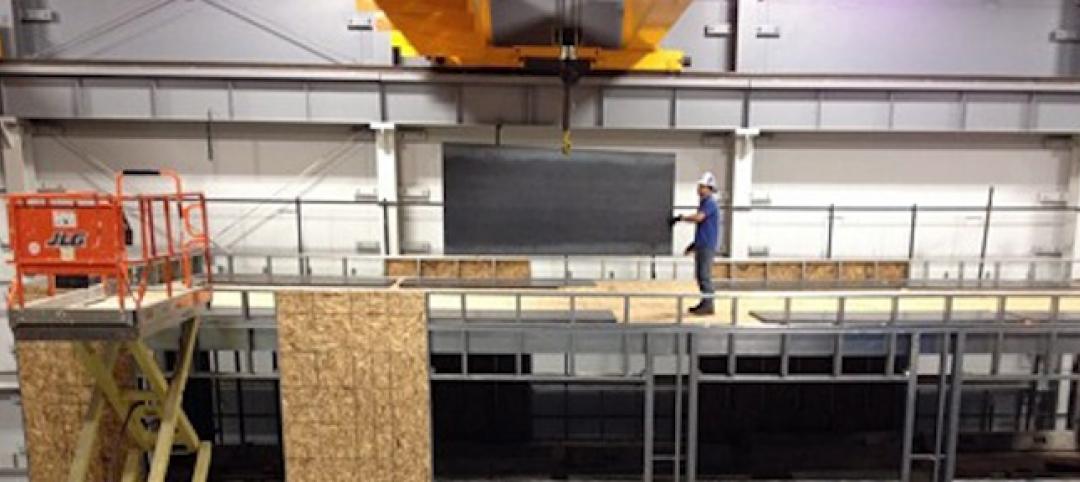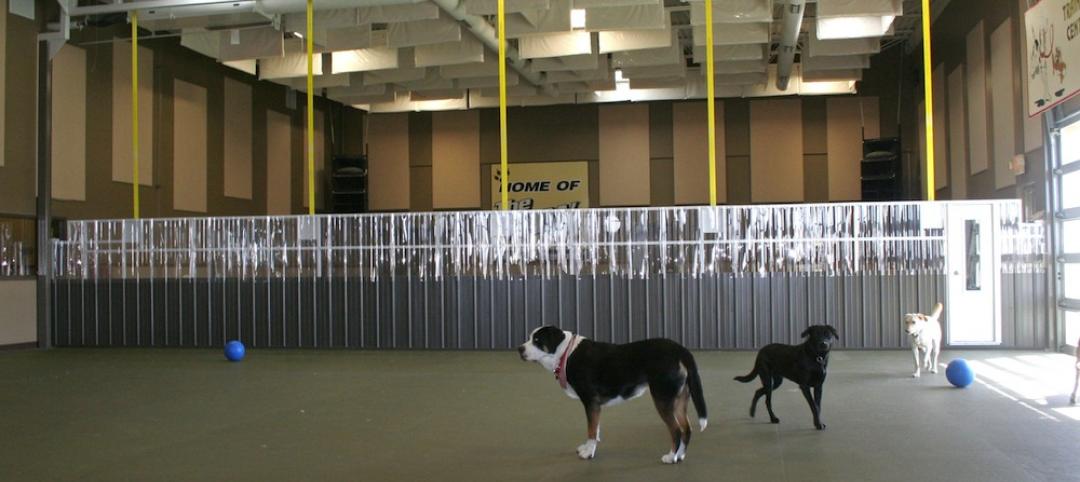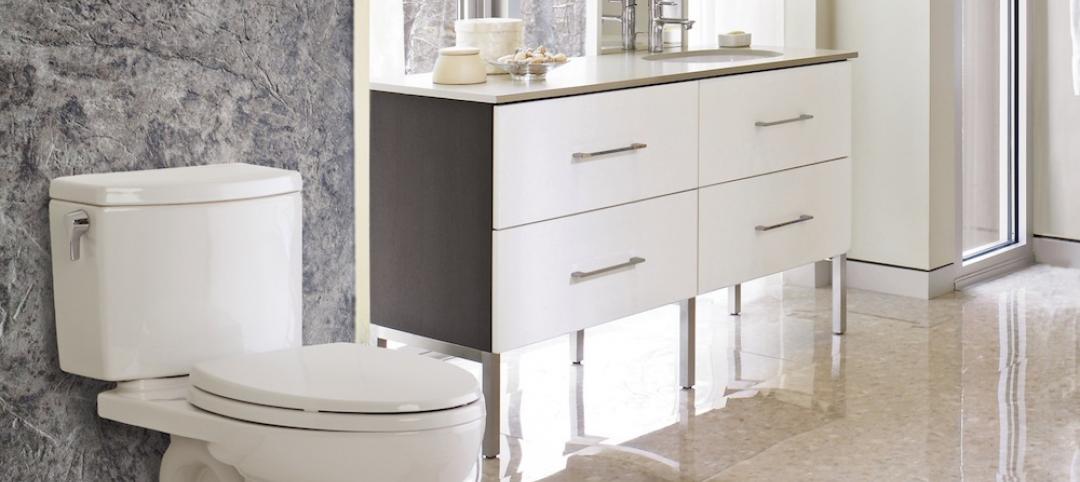At a meeting hosted by the White House Rural Council, Agriculture Secretary Tom Vilsack announced a new partnership to train architects, engineers, and builders about the benefits of advanced wood building materials, and plans for a forthcoming prize competition to design and build high-rise wood demonstration projects.
Innovative use of wood products is already beginning to change the face of construction across the country, and USDA is undertaking efforts to support these advancements. These efforts also support President Obama's Climate Action Plan goal of preserving the role of forests in mitigating climate change.
Wood may be one of the world's oldest building materials, but it is now also one of the most advanced, said Vilsack. Building stronger markets for innovative new wood products supports sustainable forestry, helps buffer reduce greenhouse gas emissions, and puts rural America at the forefront of an emerging industry.
Presently, the market for wood and other related forest products supports more than one million direct jobs, many in rural America. As these markets expand, so will the economic opportunities.
The new training program Secretary Vilsack announced will include a $1 million investment from the Forest Service and will be done in partnership with WoodWorks, a non-profit organization that provides technical support, education, and resources related to the design of modern wood buildings for architects, engineers, and developers.
The Secretary also announced plans to launch a new prize competition, expected to begin later this year, for developers, institutions, organizations, and design teams competing to demonstrate the architectural and commercial viability of using sustainable wood products in high-rise construction.
The Department is planning to invest up to $1 million to launch the competition. One non-profit partner, the Binational Softwood Lumber Council, has committed an additional $1 million for the competition. The competition will help spur increased sustainability in construction and will give priority to applicants that source materials from rural domestic manufacturers and domestic, sustainably-managed forests.
Emerging engineered wood technologies can be used in industrial building projects such as tall buildings and skyscrapers, as well as other projects. By some industry estimates, a 3-5 story building made from emerging wood technologies has the same emissions control as taking up to 550 cars of the road for one year. Wood-based designs have also been demonstrated to improve energy efficiency, thereby reducing energy consumption for heating and cooling.
These announcements were made as part of a the Building With Wood: Jobs and the Environment workshop hosted by the White House Rural Council, which included architects, builders, designers, wood manufactures, foresters, state officials, university leaders and representatives from the USDA, General Services Administration, Department of the Interior, Federal Emergency Management Agency and Department of Defense. They also are part of USDA's overall strategy to promote the use of wood as a green building material. USDA's Forest Products Laboratory in Madison, Wisconsin has invested over $2 million in research and technical support for emerging wood technologies. The Forest Products Laboratory has created additional opportunities for emerging wood technologies to be used in housing developments and other green building demonstration projects.
When President Obama signed the 2014 Farm Bill in February he directed his Administration, working through the White House Rural Council, to lead a new Made in Rural America export and investment initiative. This initiative is charged with bringing together federal resources to help rural businesses and leaders take advantage of new investment opportunities and access new customers and markets both at home and abroad. White House Rural Council leadership on advanced wood products is an example of how the Administration is moving forward on dual goals of domestic production and sustainability.
Related Stories
| Jun 27, 2013
Thermal, solar control designs can impact cooling loads by 200%, heating loads by 30%
Underestimating thermal bridging can greatly undermine a building’s performance contributing to heating load variances of up to 30% and cooling load variances of up to 200%, says the MMM Group.
| Jun 19, 2013
Florida is latest battleground over LEED standards centered on certified wood
A nationwide battle over forest certification standards continues to be played out nationally and in Florida with legislation passed this month.
| Jun 14, 2013
Purdue, industry partners test light steel framing for seismic safety
A partnership of leading earthquake engineering researchers from top U.S. and Canadian universities and design professionals from the steel industry have begun the final phase of a three-year project to increase the seismic safety of buildings that use lightweight cold-formed steel for their primary beams and columns.
| Jun 13, 2013
Health Product Declaration Collaborative names Knott as Executive Director
John L. Knott Jr. has been named as the Health Product Declaration Collaborative’s (www.hpdcollaborative.org) first Executive Director following a national search. The Health Product Declaration Collaborative (HPDC) is a customer-led standards-setting organization committed to the continuous improvement of the building industry’s environmental and health performance, through transparency and innovation in the building product supply chain.
| Jun 4, 2013
SOM research project examines viability of timber-framed skyscraper
In a report released today, Skidmore, Owings & Merrill discussed the results of the Timber Tower Research Project: an examination of whether a viable 400-ft, 42-story building could be created with timber framing. The structural type could reduce the carbon footprint of tall buildings by up to 75%.
| May 21, 2013
7 tile trends for 2013: Touch-sensitive glazes, metallic tones among top styles
Tile of Spain consultant and ceramic tile expert Ryan Fasan presented his "What's Trending in Tile" roundup at the Coverings 2013 show in Atlanta earlier this month. Here's an overview of Fasan's emerging tile trends for 2013.
| May 17, 2013
5 things AEC pros need to know about low-e glass
Low-emissivity glasses are critical to making today’s buildings brighter, more energy-efficient, and more sustainable. Here are five tips to help AEC professionals understand the differences among low-e glasses and their impact on building performance.
| May 14, 2013
Paints and coatings: The latest trends in sustainability
When it comes to durability, a 50-year building design ideally should include 50-year coatings. Many building products consume substantial amounts of energy, water, and petrochemicals during manufacture, but they can make up for it in the operations phase. The same should be expected from architectural coatings.
| May 9, 2013
10 high-efficiency plumbing fixtures
From a "no sweat" toilet to a deep-well lavatory, here's a round up of the latest high-efficiency plumbing fixtures.

















